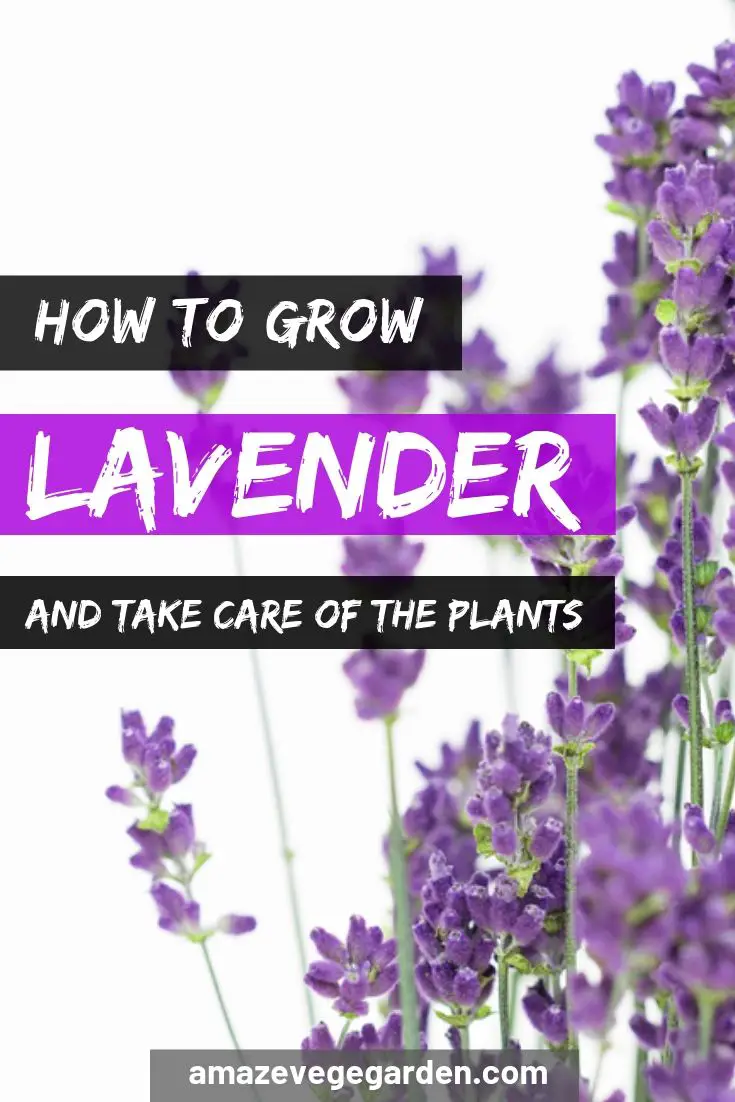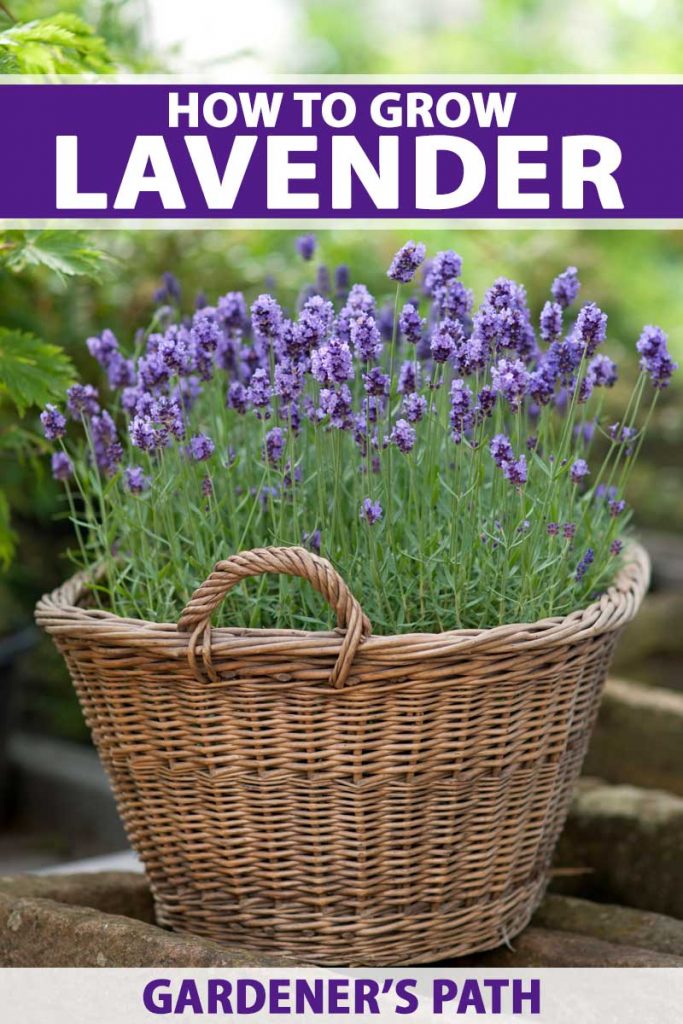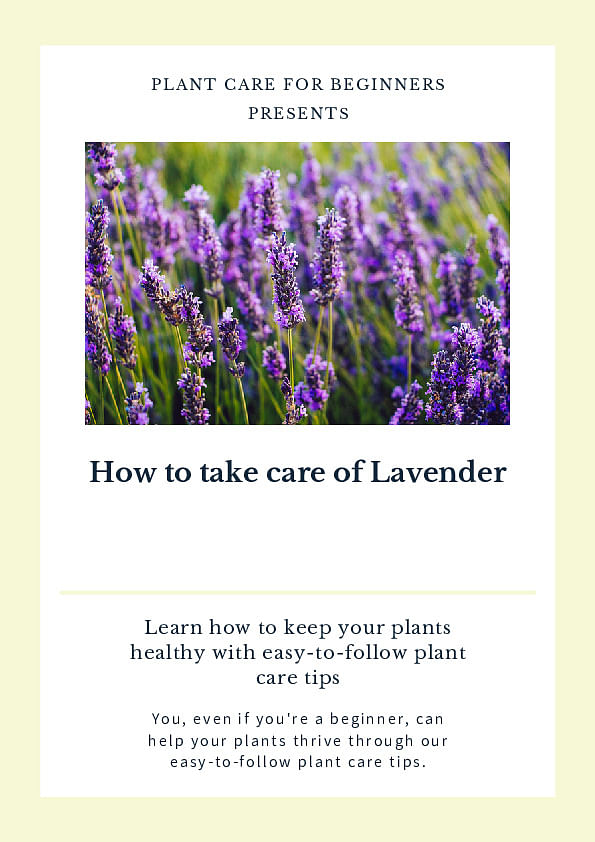Nurturing the Perfect Conditions for Lavender Growth
Lavender plants are known for their beauty and fragrance, but they can be finicky when it comes to their growing conditions. To ensure your lavender plants thrive, it’s essential to provide them with the right environment. When it comes to how to take care of lavender, understanding the ideal climate, soil, and sunlight conditions is crucial.
Lavender plants prefer well-draining soil that is rich in organic matter. A mix of sand, silt, and clay with a pH between 6.0 and 7.0 is ideal. If your soil is heavy clay or sandy, amend it with compost or well-rotted manure to improve its structure. Lavender plants also require full sun to partial shade, depending on the variety. In warmer climates, provide some afternoon shade to prevent scorching.
In terms of climate, lavender plants prefer a Mediterranean-type climate with warm summers and cool winters. They are sensitive to extreme temperatures, so protect them from frost and heat stress. If you live in an area with harsh winters, consider growing lavender in containers that can be moved indoors during the winter months.
To replicate the perfect conditions for lavender growth in your garden or indoor space, consider the following tips:
- Choose a location with good air circulation to prevent fungal diseases.
- Water lavender plants sparingly, as they are drought-tolerant.
- Fertilize lavender plants lightly, as they don’t require a lot of nutrients.
- Prune lavender plants regularly to promote healthy growth and prevent woody stems.
By providing your lavender plants with the right growing conditions, you’ll be well on your way to enjoying their beauty and fragrance. Remember to research specific growing requirements for your variety of lavender, as some may have unique needs.
Watering Wisdom: How to Hydrate Your Lavender Plants
Watering is a crucial aspect of how to take care of lavender plants. Lavender plants are drought-tolerant, but they still require regular watering to thrive. However, overwatering can be detrimental to their health, leading to root rot and other problems. To avoid this, it’s essential to understand the right watering techniques and schedule.
Lavender plants prefer well-draining soil, which means they don’t like to sit in waterlogged soil. To ensure good drainage, add organic matter like compost or perlite to the soil. When watering, make sure to water at the base of the plant, avoiding the leaves to prevent fungal diseases.
The frequency of watering depends on the climate and soil type. In general, lavender plants require watering once or twice a week during the growing season. However, in hot and dry climates, they may require more frequent watering. In cooler and more humid climates, they may require less frequent watering.
It’s also essential to monitor the soil moisture by inserting your finger into the soil up to the first knuckle. If the soil feels dry, it’s time to water. If it’s already moist, wait a few more days before watering again.
Some tips to keep in mind when watering lavender plants include:
- Water in the morning to allow the plants to absorb the water throughout the day.
- Avoid getting water on the leaves or crown of the plant to prevent fungal diseases.
- Use a drip irrigation system or soaker hose to deliver water directly to the roots.
- Monitor the weather forecast and adjust your watering schedule accordingly.
By following these watering tips, you’ll be able to provide your lavender plants with the right amount of moisture to thrive. Remember, it’s always better to err on the side of caution and underwater slightly than to overwater and risk root rot.
Fertilizing for Fragrance: How to Feed Your Lavender Plants
Fertilizing is an essential part of how to take care of lavender plants, as it provides them with the necessary nutrients to promote healthy growth, fragrance, and blooming. However, lavender plants don’t require a lot of fertilizer, and over-fertilization can be detrimental to their health.
The best time to fertilize lavender plants is during the growing season, which is typically in the spring and summer months. Use a balanced, water-soluble fertilizer that is high in phosphorus, such as a 10-10-10 formula. This will promote root growth, blooming, and fragrance.
Some other types of fertilizers that are suitable for lavender plants include:
- Compost tea: A liquid solution made by steeping compost in water, which provides beneficial microbes to the soil.
- Manure tea: A liquid solution made by steeping animal manure in water, which provides nutrients and beneficial microbes to the soil.
- Fish emulsion: A liquid fertilizer made from the remains of fish, which provides a slow release of nutrients to the soil.
When applying fertilizer, make sure to follow the instructions on the label and avoid over-fertilizing. A general rule of thumb is to fertilize lavender plants once a month during the growing season, and once every two months during the dormant season.
Some tips to keep in mind when fertilizing lavender plants include:
- Avoid fertilizing during extreme weather conditions, such as high temperatures or drought.
- Don’t fertilize newly planted lavender plants, as this can cause them to become leggy and weak.
- Use a fertilizer that is specifically formulated for herbs or flowering plants, as these will provide the necessary nutrients for blooming and fragrance.
By fertilizing your lavender plants correctly, you’ll be able to promote healthy growth, fragrance, and blooming. Remember to always follow the instructions on the label and avoid over-fertilizing, as this can be detrimental to the health of your plants.
Pruning for Perfection: How to Shape and Maintain Your Lavender Plants
Pruning is an essential part of how to take care of lavender plants, as it helps to promote healthy growth, prevent woody stems, and encourage blooming. Pruning also helps to maintain the shape and size of the plant, making it look more attractive and compact.
There are two main types of pruning that you can do on lavender plants: light pruning and hard pruning. Light pruning involves removing the flower stems after they have finished blooming, and trimming back the tips of the branches to encourage new growth. Hard pruning involves cutting back the entire plant to about 6-8 inches from the ground, usually in the spring or fall.
Here are some step-by-step pruning instructions for lavender plants:
- Light Pruning:
- Remove the flower stems after they have finished blooming, cutting them off at the base of the stem.
- Trim back the tips of the branches to encourage new growth, cutting them off at a 45-degree angle.
- Hard Pruning:
- Cut back the entire plant to about 6-8 inches from the ground, using a pair of sharp pruning shears.
- Make clean cuts just above a node, where a leaf meets the stem.
- Remove any dead or damaged branches, cutting them off at the base of the stem.
Some tips to keep in mind when pruning lavender plants include:
- Prune lavender plants in the morning, when the plant is at its highest water content.
- Use a pair of sharp pruning shears to make clean cuts and prevent crushing the stems.
- Don’t prune lavender plants during extreme weather conditions, such as high temperatures or drought.
- Prune lavender plants regularly to maintain their shape and size, and to encourage new growth.
By pruning your lavender plants regularly, you’ll be able to promote healthy growth, prevent woody stems, and encourage blooming. Remember to always use a pair of sharp pruning shears and make clean cuts to prevent damaging the plant.
Pest Control and Common Problems: How to Protect Your Lavender Plants
As with any plant, lavender plants can be susceptible to pests and diseases that can harm their health and appearance. When it comes to how to take care of lavender plants, it’s essential to be aware of these potential issues and take steps to prevent and treat them.
Some common pests that can affect lavender plants include:
- Spider mites: These tiny, spider-like insects can cause yellowing or bronzing of the leaves and fine webbing on the stems.
- Mealybugs: These small, white insects can secrete a sticky substance called honeydew, which can attract ants and promote the growth of sooty mold.
- Aphids: These small, soft-bodied insects can cause curled or distorted leaves and can transmit plant viruses.
To prevent pest infestations, make sure to:
- Inspect your plants regularly for signs of pests.
- Keep your plants healthy and strong through proper watering, fertilizing, and pruning.
- Use physical barriers, such as fine-mesh screens, to prevent pests from reaching your plants.
- Use organic pest control methods, such as neem oil or insecticidal soap, to control infestations.
Some common diseases that can affect lavender plants include:
- Root rot: This fungal disease can cause the roots to rot, leading to yellowing or wilting of the leaves.
- Leaf spot: This fungal disease can cause small, circular lesions to form on the leaves, which can lead to defoliation.
- Powdery mildew: This fungal disease can cause a white, powdery coating to form on the leaves, which can lead to defoliation.
To prevent diseases, make sure to:
- Water your plants properly, avoiding overhead watering and ensuring good air circulation.
- Provide good drainage, using a well-draining potting mix and avoiding waterlogged soil.
- Remove any infected or damaged leaves or stems to prevent the spread of disease.
- Use fungicides, such as copper-based products, to control fungal diseases.
By being aware of these potential pests and diseases and taking steps to prevent and treat them, you can help keep your lavender plants healthy and thriving.
Harvesting and Drying: How to Enjoy Your Lavender Bounty
One of the most rewarding aspects of growing lavender plants is harvesting the beautiful, fragrant flowers. When it comes to how to take care of lavender plants, harvesting and drying the flowers is an essential step in enjoying the fruits of your labor.
The best time to harvest lavender flowers is when they are in full bloom, usually in the summer months. Cut off the flower stems just above the node, where the stem meets the leaf. This will help the plant to produce new growth and prevent it from becoming leggy.
There are several ways to dry lavender flowers, including:
- Air drying: Tie the flower stems in small bunches and hang them upside down in a warm, dry, dark place.
- Desiccant drying: Place the flower stems in a container with a desiccant, such as silica gel or borax, to absorb moisture.
- Dehydrator drying: Use a dehydrator to dry the flower stems quickly and evenly.
Regardless of the method you choose, it’s essential to dry the flowers slowly and gently to preserve their fragrance and color. Avoid exposing the flowers to direct sunlight or heat, as this can cause them to fade or become brittle.
Once the flowers are dry, you can use them in a variety of ways, such as:
- Potpourri: Mix the dried flowers with other dried flowers, herbs, and spices to create a beautiful and fragrant potpourri.
- Crafts: Use the dried flowers to create beautiful crafts, such as wreaths, garlands, and arrangements.
- Cooking: Use the dried flowers to add flavor and fragrance to baked goods, teas, and other recipes.
By harvesting and drying your lavender flowers, you can enjoy the beauty and fragrance of your plants for months to come.
Using Lavender in Crafts and Potpourri: Creative Ideas
One of the most enjoyable aspects of growing lavender plants is using the dried flowers in creative projects. When it comes to how to take care of lavender plants, harvesting and drying the flowers is just the first step. With a little creativity, you can turn your dried lavender flowers into beautiful crafts, potpourri, and other projects.
Here are some creative ways to use dried lavender flowers:
- Potpourri: Mix dried lavender flowers with other dried flowers, herbs, and spices to create a beautiful and fragrant potpourri.
- Wreaths: Use dried lavender flowers to create a beautiful and fragrant wreath for your home.
- Garlands: Use dried lavender flowers to create a beautiful and fragrant garland for your home or special occasion.
- Crafts: Use dried lavender flowers to create a variety of crafts, such as lavender sachets, lavender pillows, and lavender ornaments.
- Tea blends: Use dried lavender flowers to create a soothing and relaxing tea blend.
- Bath and body products: Use dried lavender flowers to create a variety of bath and body products, such as lavender soap, lavender lotion, and lavender bath salts.
When using dried lavender flowers in crafts and potpourri, be sure to follow a few simple tips:
- Use high-quality dried lavender flowers that are fragrant and colorful.
- Experiment with different combinations of dried flowers, herbs, and spices to create unique and interesting potpourri blends.
- Use a variety of textures and colors to add depth and interest to your crafts and potpourri.
- Consider adding other ingredients, such as essential oils or fragrances, to enhance the scent and beauty of your crafts and potpourri.
By using dried lavender flowers in creative projects, you can enjoy the beauty and fragrance of your lavender plants for months to come.
Conclusion: Enjoying the Fruits of Your Labor
Cultivating lavender plants can be a rewarding and enjoyable experience, especially when you take the time to provide them with the right care and attention. By following the tips and advice outlined in this article, you can help your lavender plants thrive and enjoy the beauty and fragrance they provide.
Remember, how to take care of lavender plants is not just about providing them with the right conditions and care, but also about enjoying the fruits of your labor. Whether you use your lavender plants in crafts, potpourri, or simply enjoy their beauty and fragrance, you can be sure that your efforts will be rewarded.
So, take a moment to appreciate the beauty and fragrance of your lavender plants, and enjoy the serenity and tranquility they bring to your life. With proper care and attention, your lavender plants will continue to thrive and provide you with joy and beauty for years to come.








